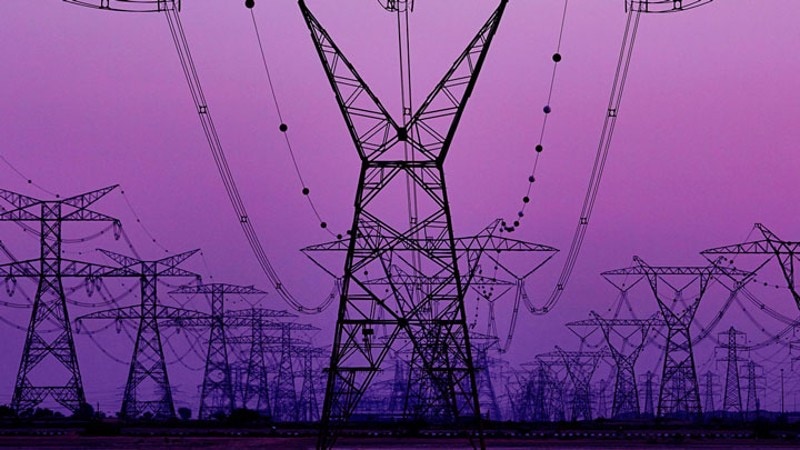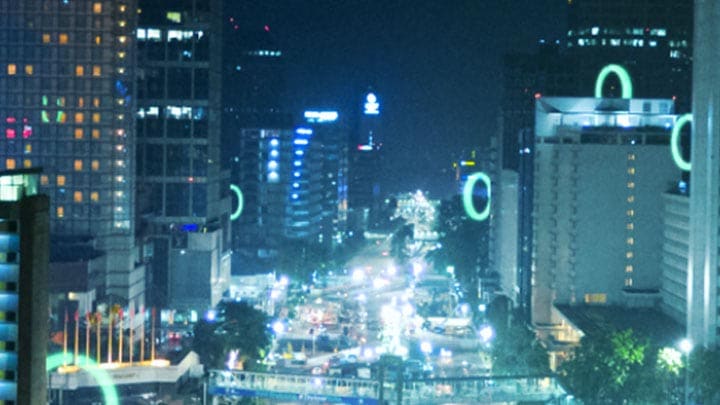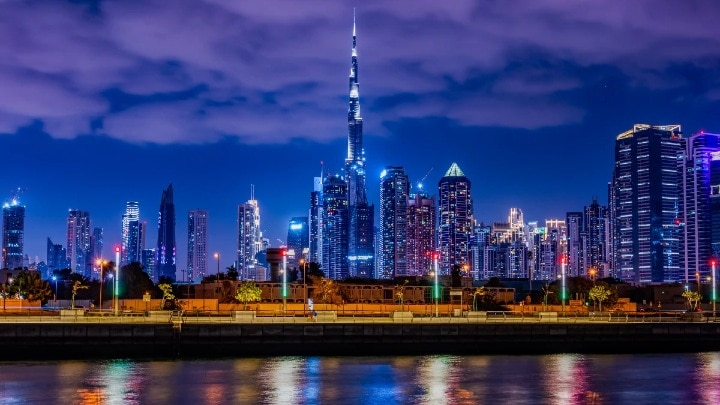1st March, 2022
Can connected lighting help resolve the energy crisis? Yes.
Energy prices are through the roof. Both natural gas and crude oil have at recent points cost about twice what they did a year previously, and some countries are seeing the highest energy prices in history. Unwanted consequences include inflation, less consumer spending, and human hardship in the cold months when it becomes more expensive for businesses to heat their buildings and consumers to heat their homes.
Fortunately, governments, businesses, and consumers can take steps to mitigate the current energy crisis, both now and in the future. The easiest and most expedient way to do so is by embracing LED-based connected lighting technology—next-generation LED-based lighting integrated into the Internet of Things (IoT).

The umbrella term “smart city” covers a wide range of services and applications, from smart parking to integrated emergency services to citywide public broadband access to crowdsourced street repair and traffic apps. Connected LED street lighting is one of the easiest services to deploy in a city, and it is one of the most immediately effective in terms of reducing a city’s energy consumption and carbon emissions. By creating an IoT-ready network throughout a city, connected street lighting can also serve as the foundation on which a municipality can start to build a fully-featured smart city platform.
Radical reductions in public lighting energy consumption can itself move a city quickly forward along both its sustainability and social equity paths. Funds saved by a connected LED street lighting conversion can be diverted into other programs that make life better and more economically viable for citizens. Energy saved by highly efficient street lighting can be repurposed to drive a network of public EV charging stations without putting additional strain on the energy grid. And a city can enjoy all of these benefits while at the same time delivering higher quality, more reliable lighting at night, increasing both city safety and livability.
Indoors, connected LED lighting systems with embedded sensors can render buildings, which generate 40% of the world’s greenhouse gas emissions, far more energy-efficient.
Occupancy sensors integrated into a connected lighting system can autonomously dim rooms and other spaces when unoccupied and illuminate them when people are present, providing a new degree of control over electricity use: gone are old-school lighting regimes in which lights are either totally on or totally off, and often illuminate empty spaces perpetually or for a fixed amount of time.
As in the smart city, connected lighting systems can serve as a foundation on which to build a smart ecosystem. It’s a logical place to begin, as lighting must be installed wherever people go in a building, regardless of any other services or amenities. Connected lighting systems that use standard networking architectures and protocols (such as Ethernet) can integrate with other systems in a building to create synergies that deliver additional value.
When integrated with a building’s HVAC and window/venting systems, for example, a connected lighting system can monitor internal and external conditions, opening shades to flood a building with direct sunlight while at the same time turning down the heating; or opening apertures to let cooler air flow in while turning down the air conditioning. At scale, such solutions can significantly cut both energy costs and energy use.
Corporate real estate owners can use different kinds of sensor data to make operations more sustainable. A connected lighting system that hosts occupancy sensors can collect data about usage levels and activities throughout an illuminated space over time. They can use this data to perform space optimization analyses. If less space is needed because areas of a floor or even entire floors are underutilized, these spaces can be minimally heated, cooled, and lit, or they could even be rented out or sold to reduce the operation’s physical footprint. Each of these actions have the potential to lower costs, save energy, and reduce emissions.
Large-scale smart lighting solutions are more likely to be deployed in office or industrial contexts, but they’re also available for the housing sector, where they will lead to similar efficiencies. Simply switching home lighting to LED offers immediate reductions in energy consumption, and therefore has a positive impact on energy budgets. With connected LED, residences can realize many of the same benefits as businesses and municipalities do—for example, smart dimming, occupancy sensing, auto notifications, remote system monitoring and maintenance, and integration with other systems such as HVAC. Smart apartment buildings and smart private homes that put connected technology to work for green purposes will increasingly participate in the global response to climate change.
Smart lighting promises to deliver important long-term benefits, potentially slashing the global carbon footprint by more than 553 million tons a year, but it can also bring many short-term advantages. Smart lighting can be installed quickly, on an as-a-service basis that requires no capital investment and minimal disruption. The lighting provider retains ownership of lighting hardware and performs all maintenance and upgrades; the customer need only pay periodic fees and profit from the savings that start to accrue to it right away. Savings in energy usage and costs are realized immediately by the energy-efficiency of the LED luminaires themselves. Energy usage will be reduced even further as data-driven lighting applications come online, with many additional long-term benefits for the owners, managers, and users of spaces.
The current energy crisis is expected to continue well into 2022—and perhaps throughout the entire calendar year. Smart lighting systems offer a way to mitigate its effects now while supporting sustainable practices in the long term, to the benefit of businesses, cities, people, and the planet itself.
Signify (Euronext: LIGHT) is the world leader in lighting for professionals, consumers and the Internet of Things. Our Philips products, Interact systems and data-enabled services, deliver business value and transform life in homes, buildings and public spaces. In 2023, we had sales of EUR 6.7 billion, approximately 32,000 employees and a presence in over 70 countries. We unlock the extraordinary potential of light for brighter lives and a better world. We have been in the Dow Jones Sustainability World Index since our IPO for seven consecutive years and have achieved the EcoVadis Platinum rating for four consecutive years, placing Signify in the top one percent of companies assessed. News from Signify can be found in the Newsroom, on X, LinkedIn and Instagram. Information for investors is located on the Investor Relations page.


December 17, 2024
Transforming Dubai’s iconic buildings with connected lighting from Signify